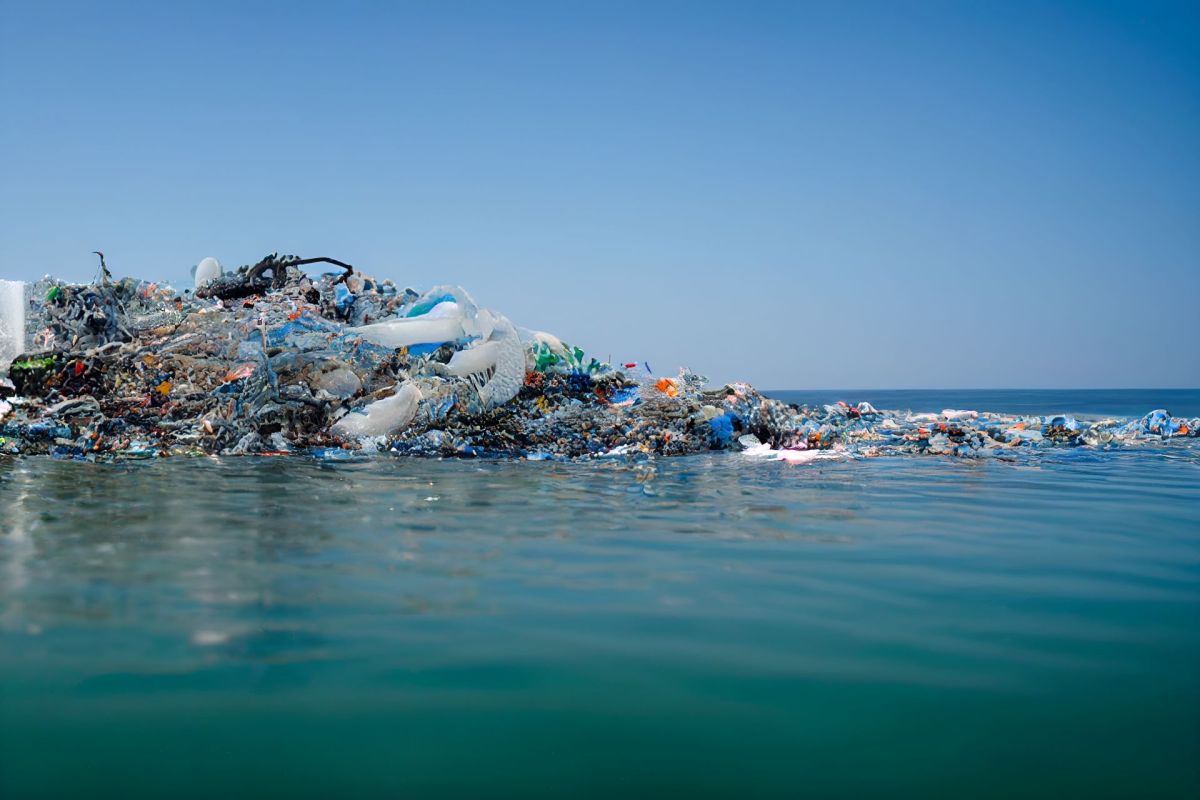For years, plastic has been building up in the ocean in the Great Pacific Garbage Patch. Now, according to Treehugger, scientists have identified another worrying impact: The garbage is carrying coastal species to new parts of the ocean.
What's happening?
During 2018 and 2019, The Ocean Cleanup visited the Great Pacific Garbage Patch in the North Pacific Subtropical Gyre. This area is surrounded by rotating currents that take up most of the northern Pacific Ocean, Treehugger reports.
According to Treehugger, The Ocean Cleanup collected 105 plastic samples. They were later analyzed by the Floating Ocean Ecosystem (FloatEco) team, made up of researchers from the Smithsonian Environmental Research Center and the University of Hawai'i at Mānoa.
The FloatEco team found that more than 70% of the samples had coastal species like shellfish attached to them, Treehugger says. They found 37 different species normally found only along the shoreline, and the samples contained more coastal species than ones native to the open ocean.
Why does it matter if shellfish are hitching a ride?
Normally, sea creatures that are adapted for life near the shore are stuck in one place. Individuals from species like barnacles and sponges don't tend to move more than a few inches at a time.
Even as these creatures reproduce, their populations can't spread into deeper waters, colder regions close to the poles, and warmer regions close to the equator, because they can't survive in those environments. The natural ocean conditions around them keep each population isolated in one place.
Now plastic trash is acting like life rafts for these species, carrying them to new places.
"This discovery suggests that past biogeographical boundaries among marine ecosystems — established for millions of years — are rapidly changing due to floating plastic pollution accumulating in the subtropical gyres," Linsey Haram, research associate at SERC, said in a UH press release.
When species travel to new places like this, they can become invasive — thriving and multiplying so quickly that they damage the existing ecosystem.
What's being done about the problem?
Many organizations are trying to clean up the Great Pacific Garbage Patch. The less plastic there is floating in the ocean, the fewer chances there are for unwanted creatures to hitch a ride.
Individuals can help by correctly disposing of their plastic trash and recycling it when possible so it doesn't end up in the ocean. You can even choose alternatives to plastic products — like using a reusable water bottle instead of single-use ones.
Join our free newsletter for cool news and cool tips that make it easy to help yourself while helping the planet.









